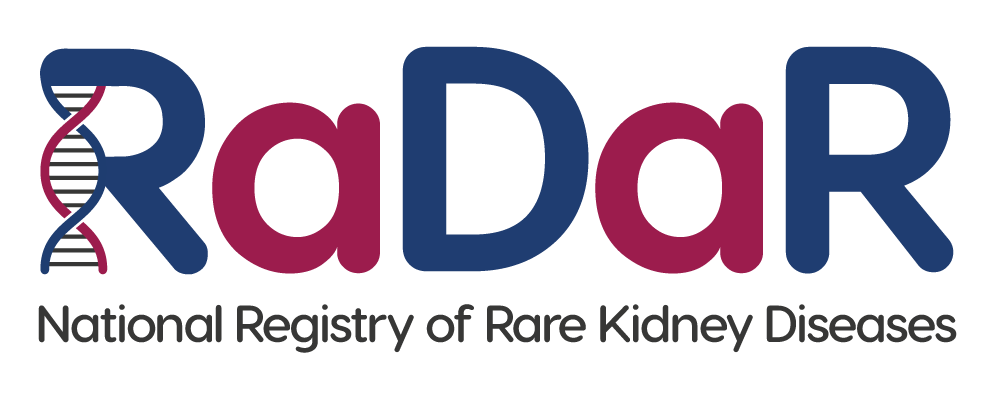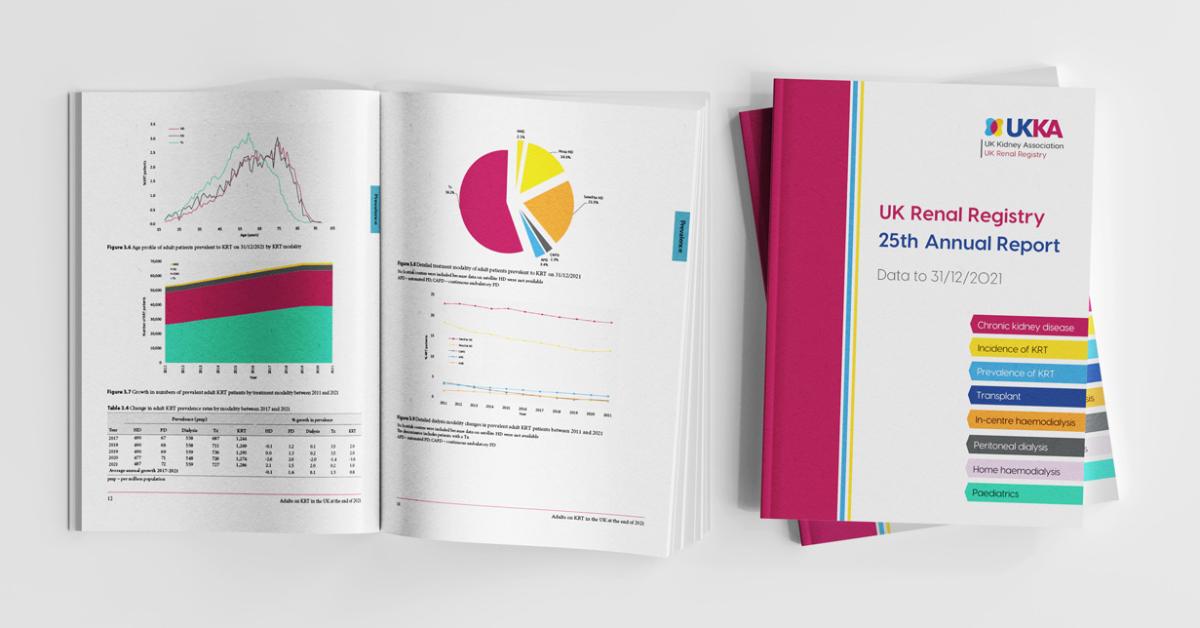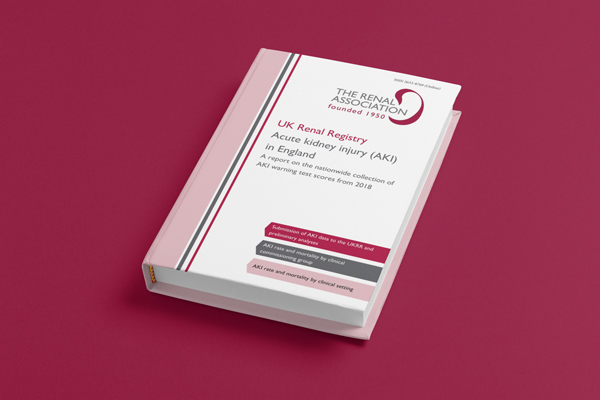Patient Information
The BK virus is very common and most children will catch it in the same way as a cold. The virus is carried in the body for life but a healthy immune system keeps it inactive and it usually causes no symptoms.
After a kidney transplant, drugs are taken to suppress the immune system and prevent rejection of the new kidney. Because of the suppressed immune system, the BK virus can become active and affect the transplanted kidney. This is known as BK Nephropathy (BKN).
BKN causes inflammation and a fall in kidney function. It can also cause the tube between the kidney and the bladder to narrow (ureteral stenosis). This is less common.
BKN occurs in about 1 in 20 people who have received a kidney transplant. It usually develops between 6 and 12 months after a transplant, but can occur earlier or later.
The BK virus can be controlled with a healthy immune system. Urine and blood tests after transplantation can test for the virus.
If BKN develops after a kidney transplant, the drugs that are normally prescribed to suppress the immune system are likely to be reduced.
For example, tacrolimus may be changed to a similar drug, ciclosporin.
Specific anti-viral agents may also be prescribed, such as cidofovir, ciprofloxacin, leflunomide or intravenous immunoglobulin.
If the virus is detected early, treatment changes may be able to be made before kidney function changes.
CVK’s story
Where to begin.
My kidneys failed due to nail patella syndrome and I also have diabetes. I had a transplant in August 2015. After some early complications my best creatinine was 120.
In July 2016 I was feeling unwell with flu-like symptoms. My creatinine was 143, then 167. The Consultant told me he was doing a test for BK virus. This was the first time I had heard of this virus. It takes time for the result to come back and when I went back to the transplant clinic I was told the virus level was 10 million. When it was checked again it was 25 million – a big jump.
The MMF was reduced and stopped. I started leflunomide. My Consultant told me this was anti-viral and would also suppress my immune system, but on balance the virus level should reduce. I then started ciprofloxacin. The virus count was still very high and it was decided that the leflunomide was not doing its job.
I had high dose IVIg in February 2017. The first dose gave me a splitting headache. The second dose was better because I took paracetamol beforehand and knew what to expect.
In April 2017 I started cidofovir. Before then my creatinine was hovering between 180 and 190, but it shot up to 260 then 340. I stopped cidofovir after about 5 doses. I had a biopsy which showed there was BK virus in the kidney but there was no rejection.
So it was back to the drawing board. I started low dose IVIg and the tacrolimus was changed to ciclosporin. To begin with I had IVIg every week, then every two weeks, then every three. It’s now every four weeks.
It took a while but the virus started coming down. I don’t know if this is due to the IVIg or ciclosporin. A couple of weeks ago was the best result ever, a few thousand.
My kidney function is getting worse. I’m prepared for another transplant but I don’t know how that would go. I am prepared to go back on dialysis and I’ve looked at the possibility of the tube going back in or having a fistula. The GFR is hovering around 18 so I’m just holding off.
I’m feeling OK. I’m able to do routine things most days. I walk and use the exercise bike, and my diabetes is under control. I don’t know how long the GFR will hold on at the current level. The future? I don’t know.
Pending
It is not currently known why some people are more likely to develop BKN than others. It may be due to some donor kidneys containing more virus than others, changes in the virus that make it more likely to cause disease, tissue type matching between the donor and recipient or other genetic factors in the recipient.
The BKN Rare Disease Group (RDG) is registering patients in the National Rare Kidney Disease Registry (RaDaR). The registry will be used to gather evidence to write guidelines for the recommended treatment for patients with BKN. It will also be used to find out how effective current treatments are and to identify suitable participants for future research studies of risk factors and new treatments. If you are interested in finding out more about RaDaR or the activity of the RDG please visit the BK Nephropathy RDG page.
The results of a survey on the management of the BK virus by UK transplant units will be available shortly.




